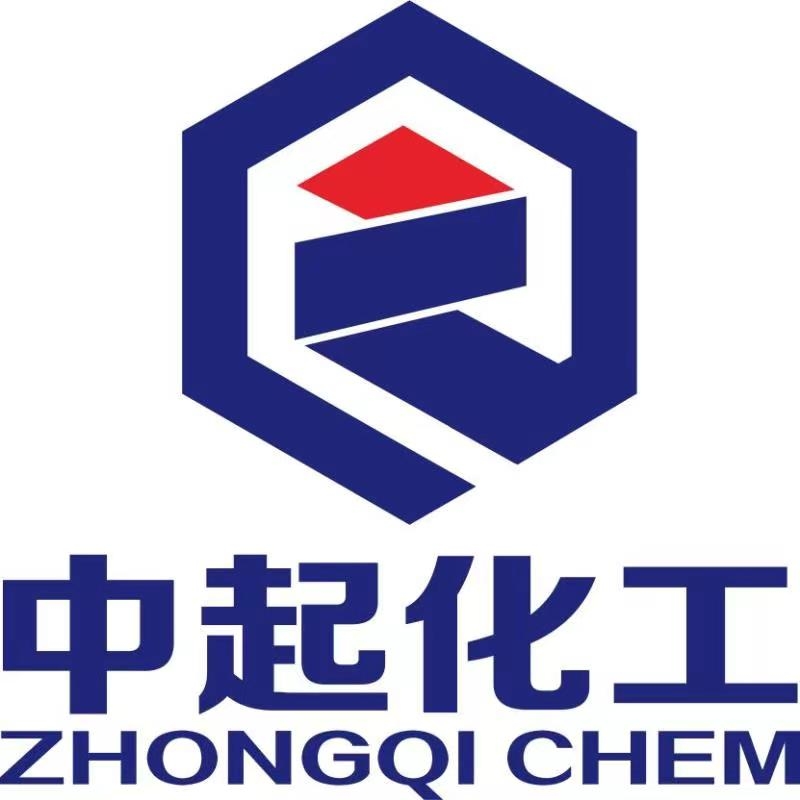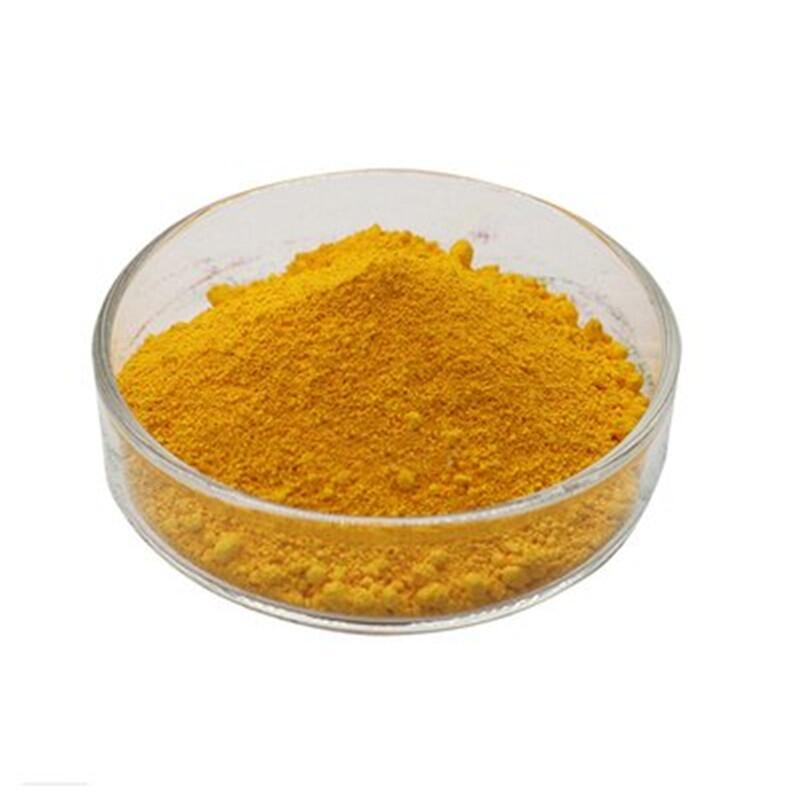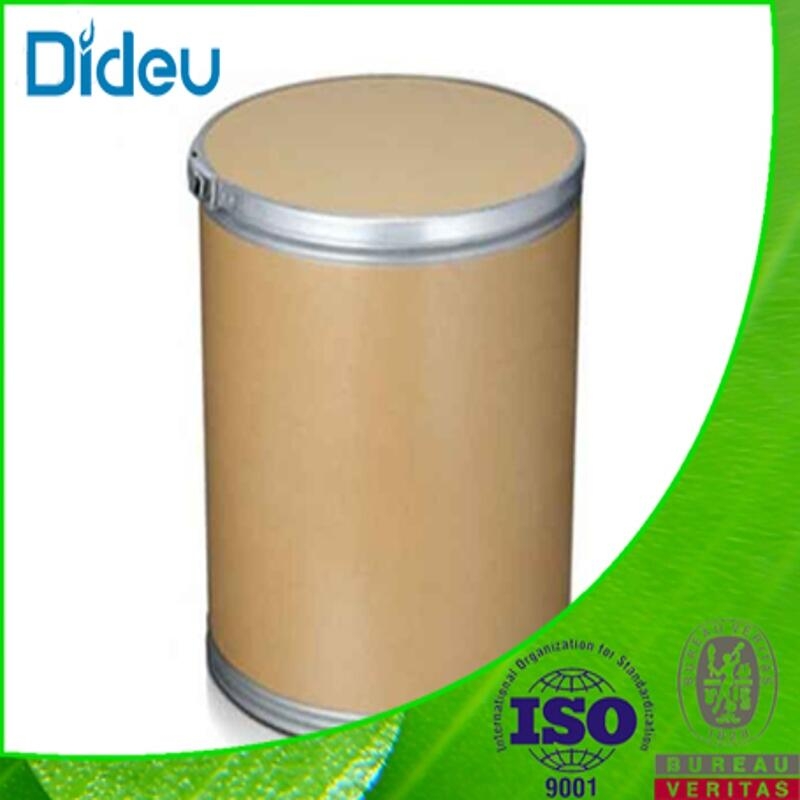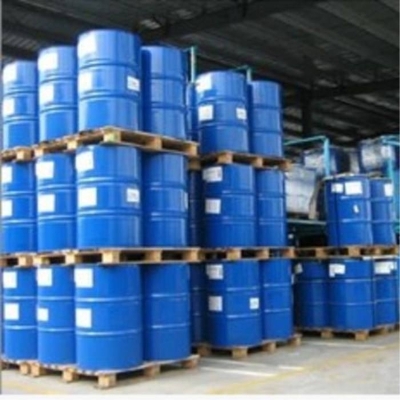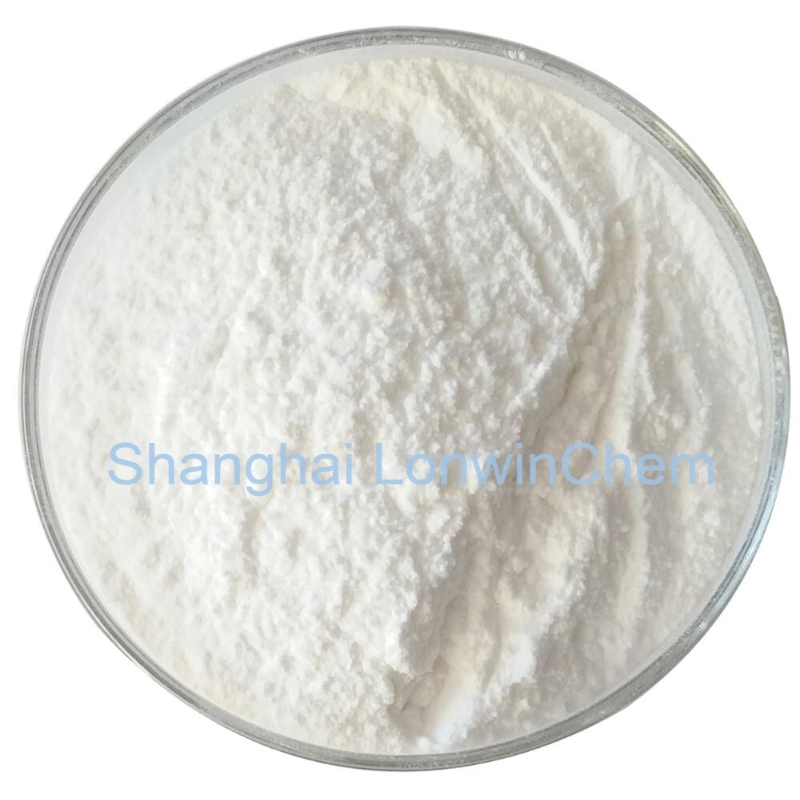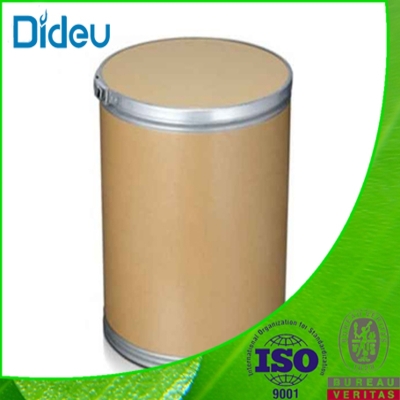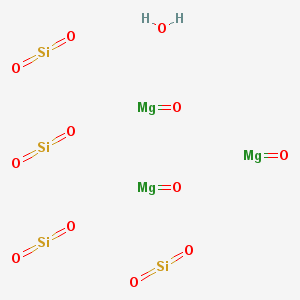Related News
-
SunChemical Pigments Obtains ECO PASSPORT by OekoTex® Certification
2024-01-29 -
Invest 10 million! The annual output of 5,000 tons of pigment project will start soon!
2022-12-27 -
FDA plans to expand use of Spirulina extract
2022-11-14 -
Clariant spins off pigment business to Heubach and SK Capital
2022-06-02 -
This new standard will be officially implemented soon!
2021-09-14 -
Senxin developed a new Phalaenopsis blue pigment, which was approved by the FDA for use in food
2021-09-13
Pigment
Carbon black
(1333-86-4)-
Industrial Grade / 99.99%
-
Industrial Grade / 99%
$5-6.5/KG FOB
-
Industrial Grade / 99%
-
Lithopone
(1345-05-7)-
Industrial Grade / 99%
$1350-1370/MT FOB
-
Chemical Grade / 99%
$1/KG FOB
-
-
$5-6/KG FOB
Request for quotation , get quotes from more suppliers.
Pigment Yellow 13
(5102-83-0)-
Industrial Grade / 99%
-
- / 99.00%
-
Industrial Grade / 99%
-
Industrial Grade / 98%
Request for quotation , get quotes from more suppliers.
Light yellow
(2512-29-0)-
Industrial Grade / 99%
-
Industrial Grade / 99%
-
-
Industrial Grade / 45%
Request for quotation , get quotes from more suppliers.
Pigment Orange 13
(3520-72-7)-
Industrial Grade / 99%
-
- / 99.00%
-
Industrial Grade / 99.5%
$1-1.2/MT FOB
-
![Pigment Orange 13 buy Pigment Orange 13]()
Request for quotation , get quotes from more suppliers.
Source Pigment Products Supply
C.I. Pigment Red 53:1
(5160-02-1)-
Industrial Grade / -
-
Pharmacy Grade / 99%
-
![Pigment Red 53:1 buy Pigment Red 53:1]()
Industrial Grade / 99%
-
![Pigment red 53:1 buy Pigment red 53:1]()
Request for quotation , get quotes from more suppliers.
Pigment Yellow 3
(6486-23-3)-
Industrial Grade / 99%
-
Technical Grade / -
-
![Pigment Yellow 3 buy Pigment Yellow 3]()
Industrial Grade / 99%
-
![Pigment Yellow 3 buy Pigment Yellow 3]()
Request for quotation , get quotes from more suppliers.
Kaolin
(1332-58-7)-
Chemical Grade / 99%
-
-
- / 0.00%
-
$400-410/MT FOB
TALC
(13376-74-4)-
Industrial Grade / 99%
-
5SSW / -
-
![TALC buy TALC]()
Industrial Grade / 99%
-
![Talc buy Talc]()
- / 99%
Request for quotation , get quotes from more suppliers.
Talc (Mg3H2(SiO3)4)
(14807-96-6)-
Pharmacy Grade / 99%
$650-690/MT FOB
-
Industrial Grade / 99%
$5-6.5/KG FOB
-
Industrial Grade / 90%
$1-1.1/KG EXW
-
- / 99.00%
Request for quotation , get quotes from more suppliers.
Source Pigment Raw Materials by Region
More Information
Pigments are materials that can give colour to products which are extensively utilized across many sectors in the production of appealing shades. It is used in cosmetics, paints, textiles, and plastics among other products. Such small particles function by absorbing and reflecting certain wavelengths of light which results in the color we can see.
In industrial uses, pigments are selected according to characteristics flowing as lightfastness, opacity, and chemical or environmental stability. They are also useful in maintaining the colour quality of the various materials used in printing.
Here are some key applications of pigments:
- Paints and coatings
- Plastics and polymers
- Textiles and fabrics
- Inks and packaging materials
- Ceramics and glass products production















